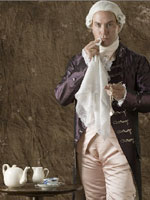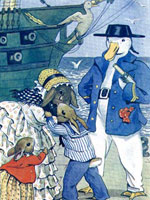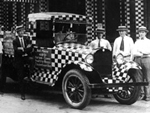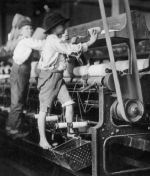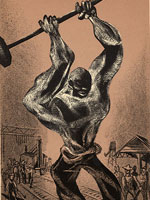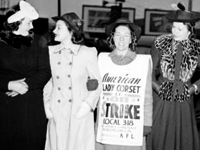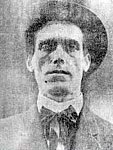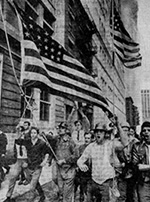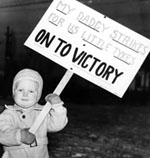Tennessee Electronic Atlas
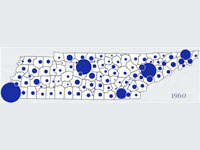
This site provides information about the state of Tennessee and offers a gateway for learning more about the state. One of the main goals is to disseminate data through thematic maps and interactive mapping (which contains tutorial exercises that introduce the basic concepts involved in geographic information systems). For those interested in utilizing the full capabilities of the site, the Metro GIS service area of the site allows users to look at the main metropolitan regions in the state and to customize the themes (such as churches, golf courses, and hospitals) to their preferences. Included are data concerning agriculture, education, physical landscape, economics, and society. The site includes information from the 2000 national census, as well as state legislative districts. There is also detailed information about education in Tennessee. Visitors can check out the school system report cards to see results of standardized tests, both in raw numbers and in comparative terms versus other districts. Although the site contains no historical maps, the site allows visitors to compare some change over time, and visitors can use the site to compare the size and shape of the 106th and 108th Congressional districts.
